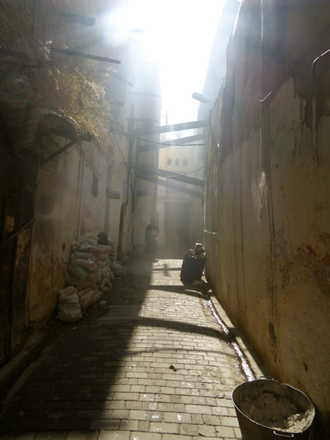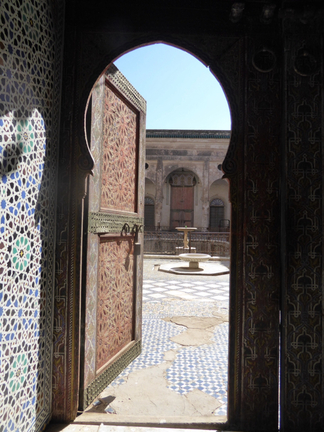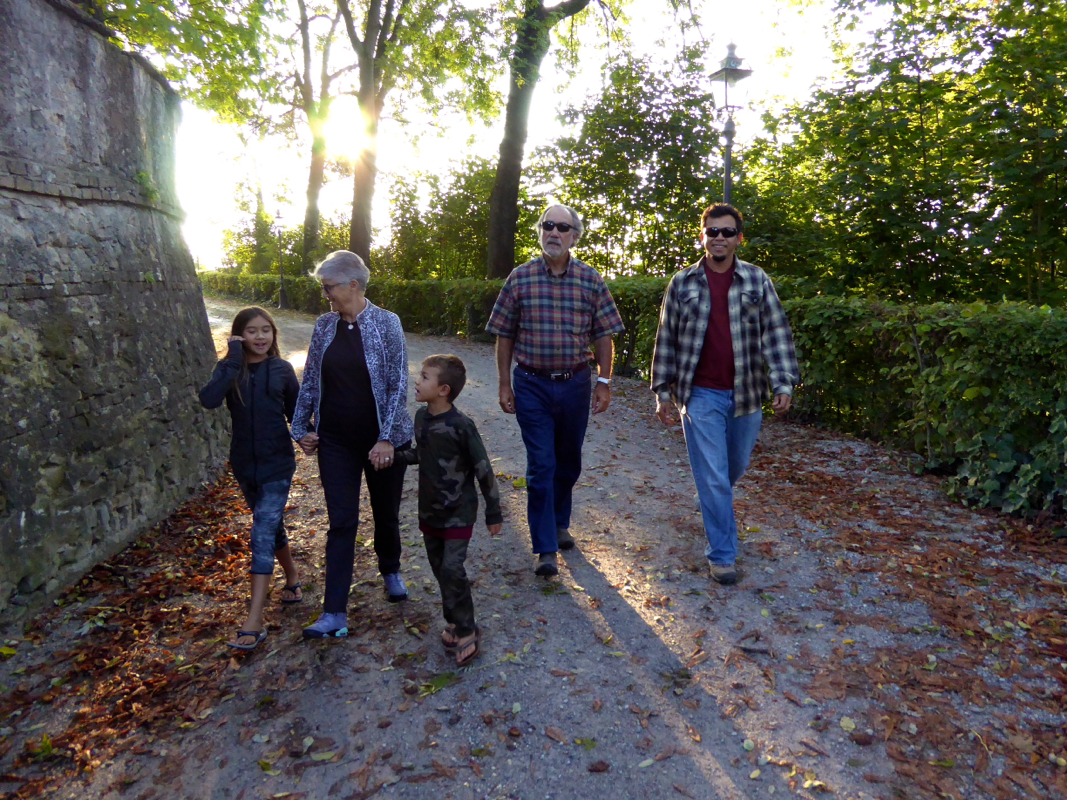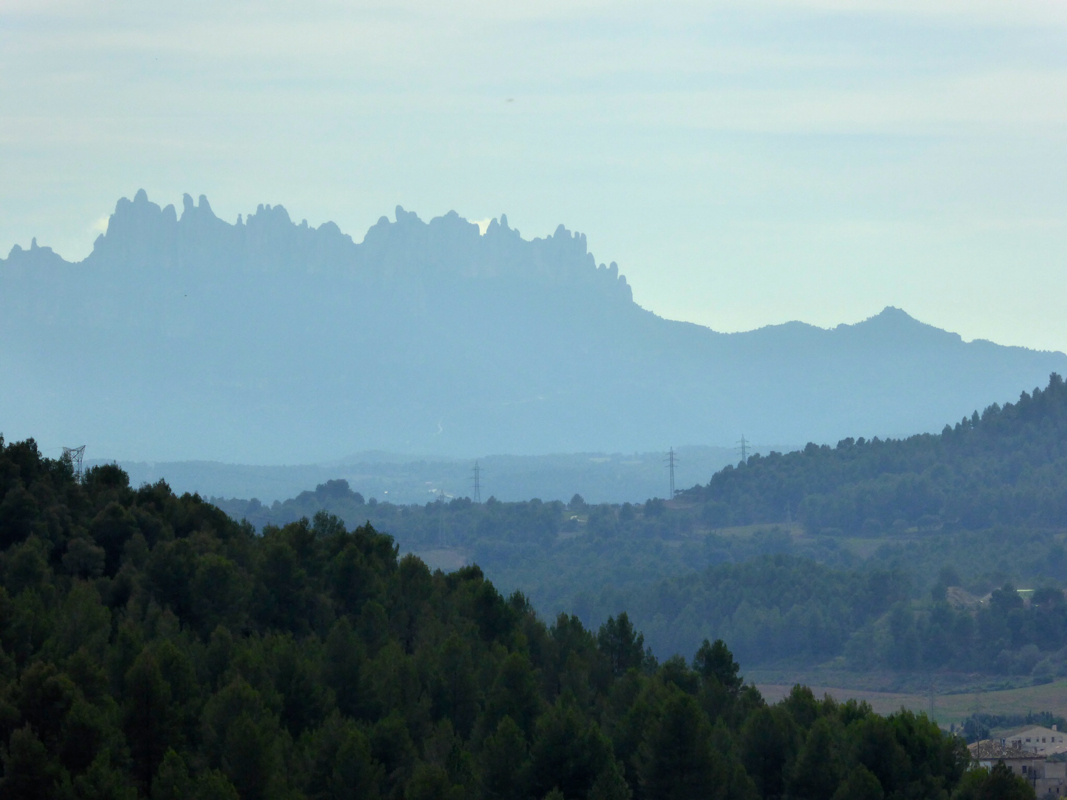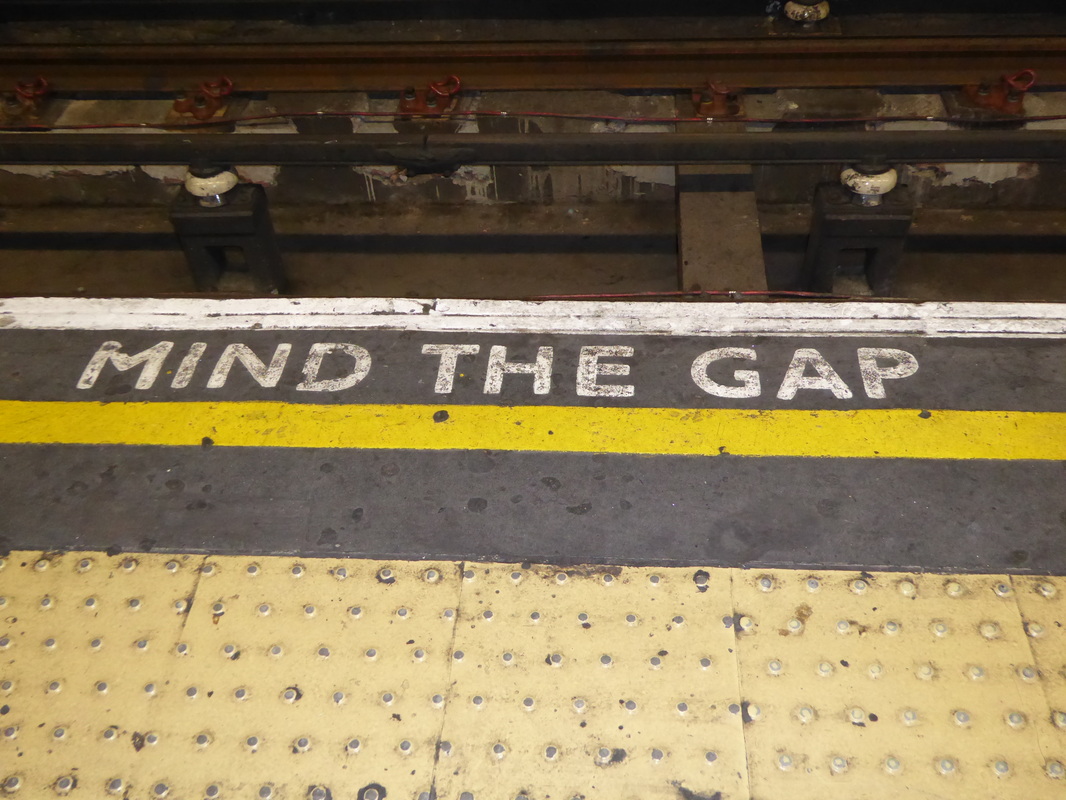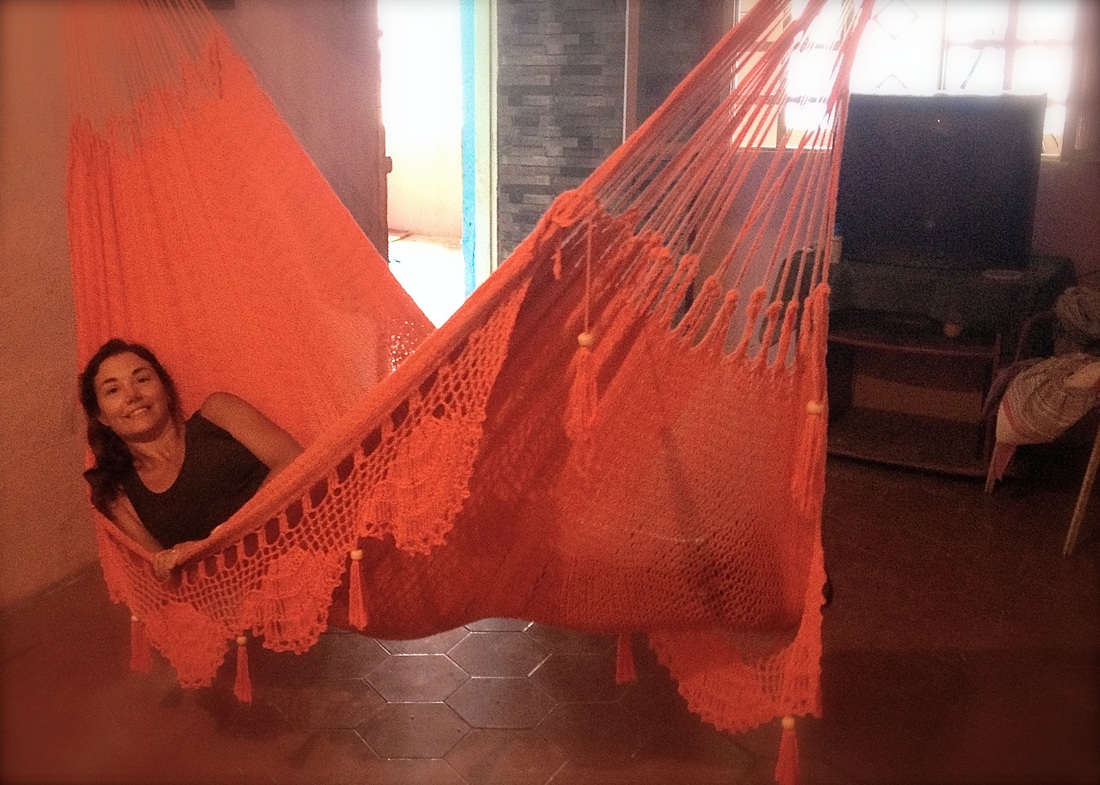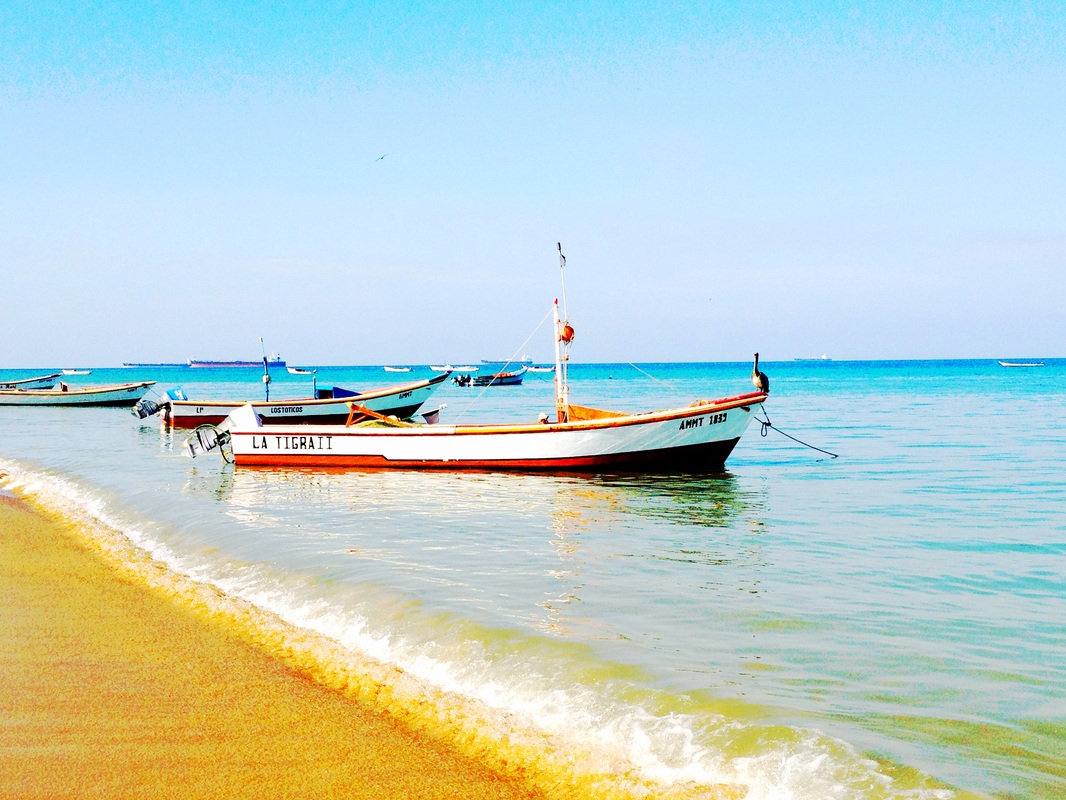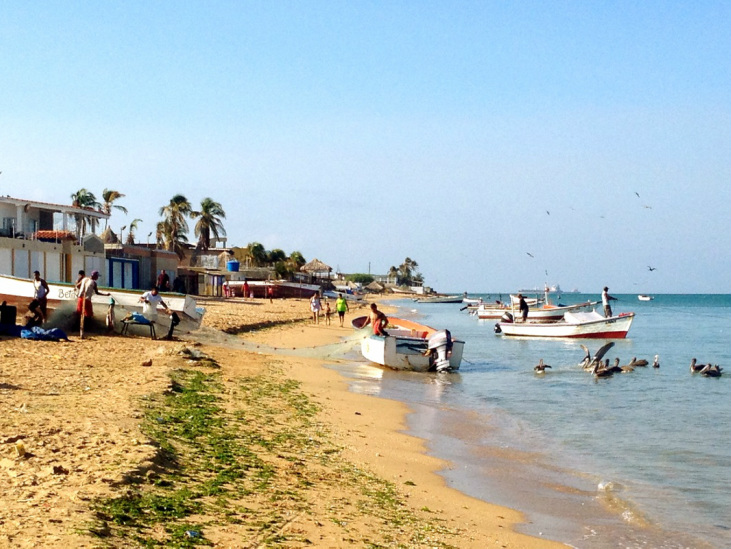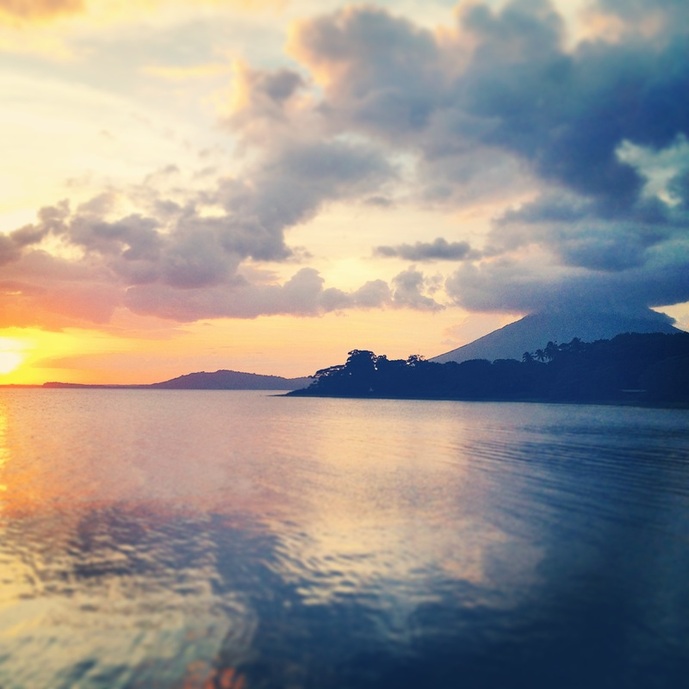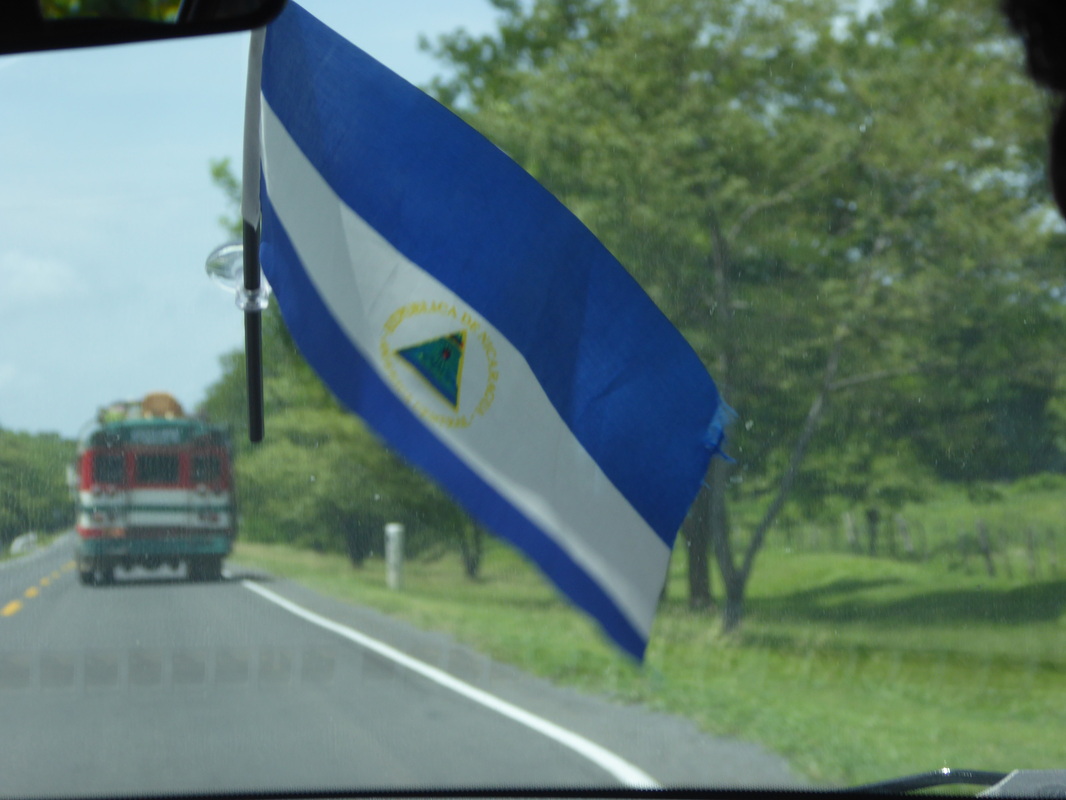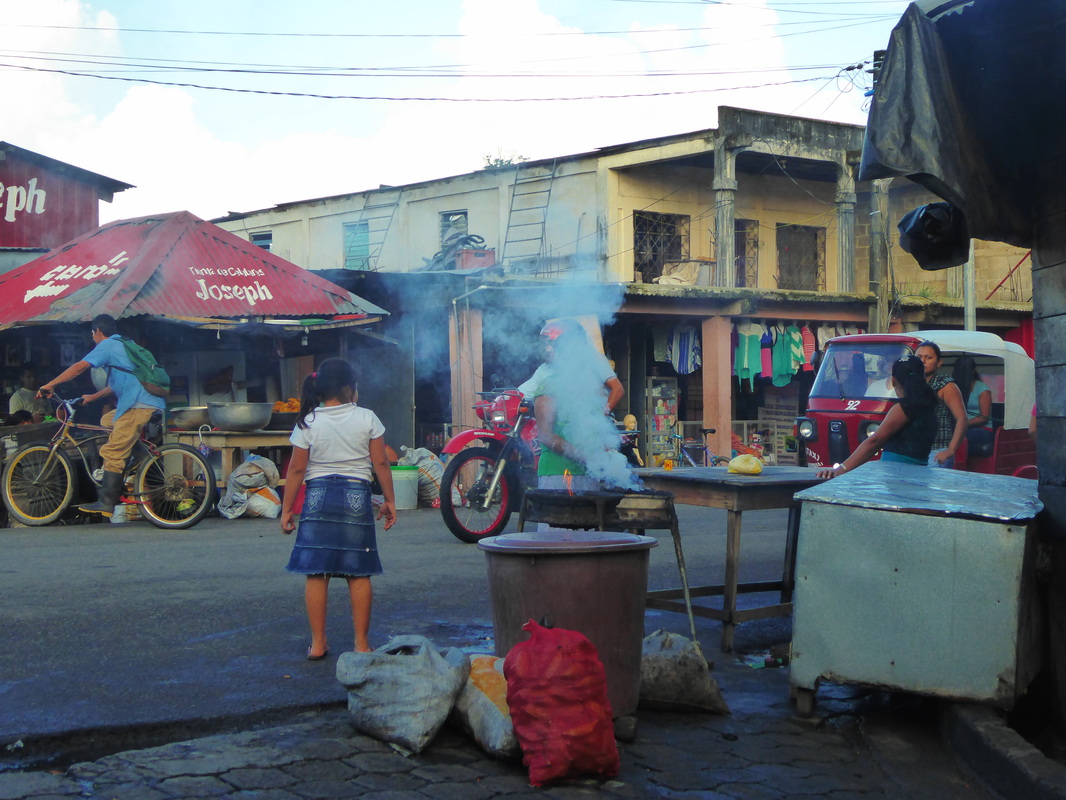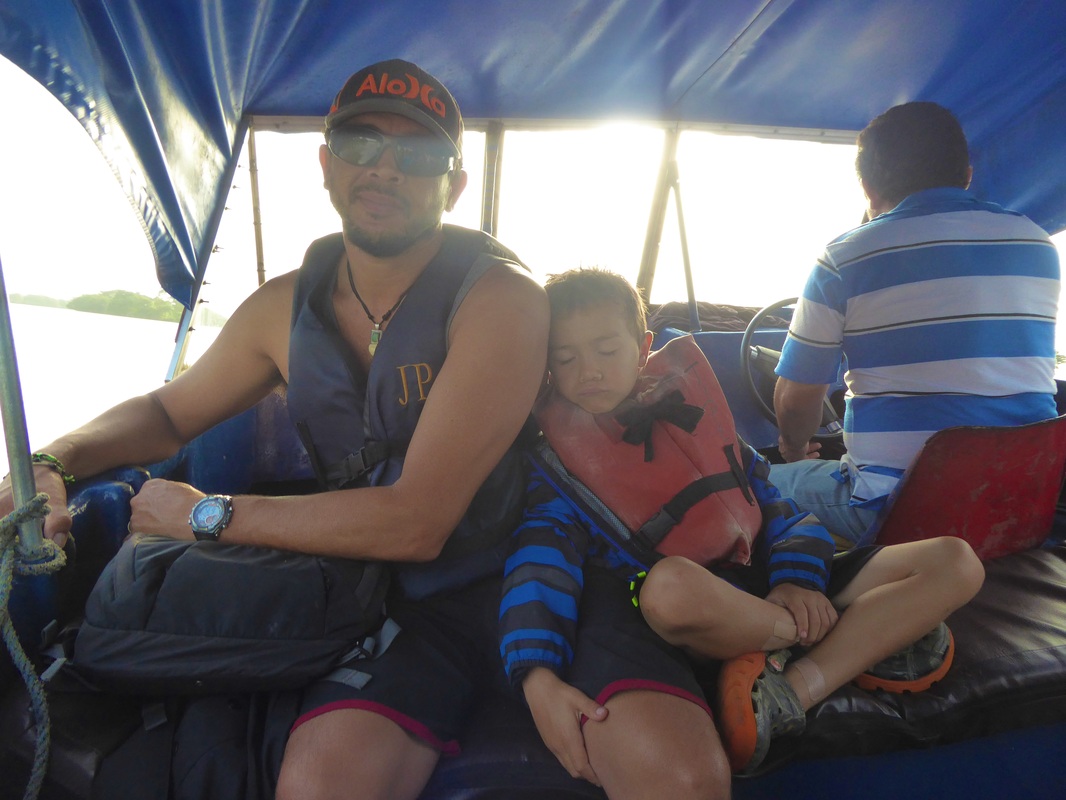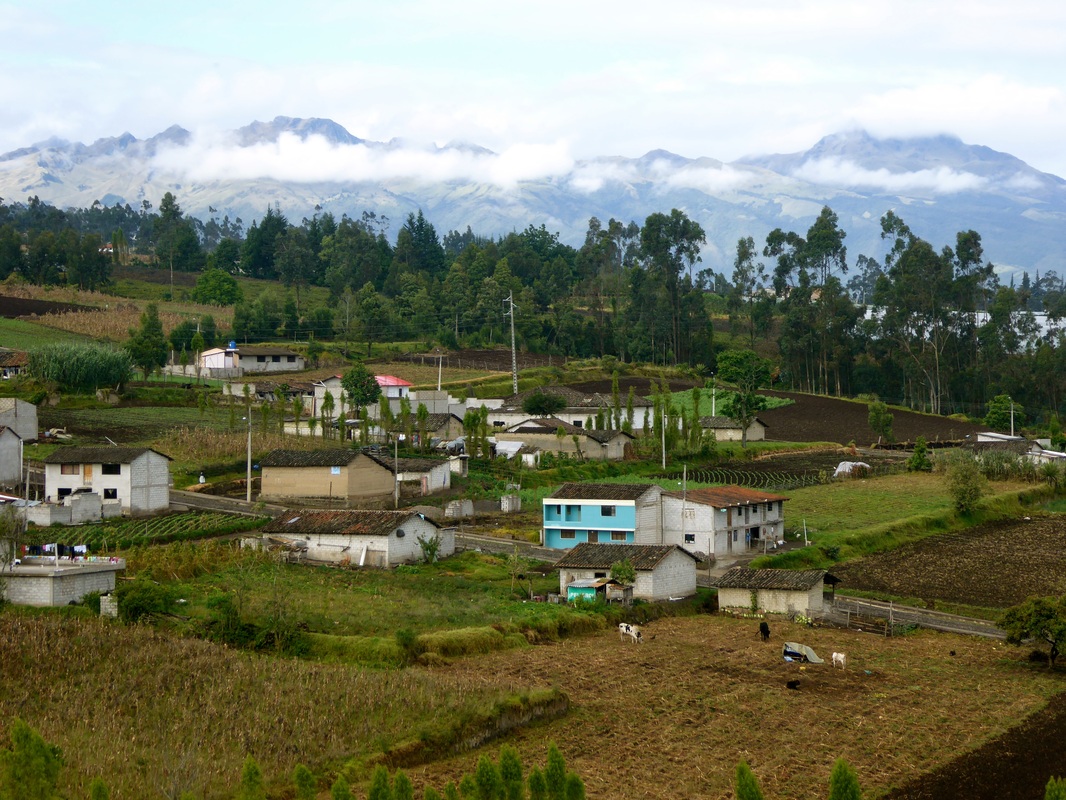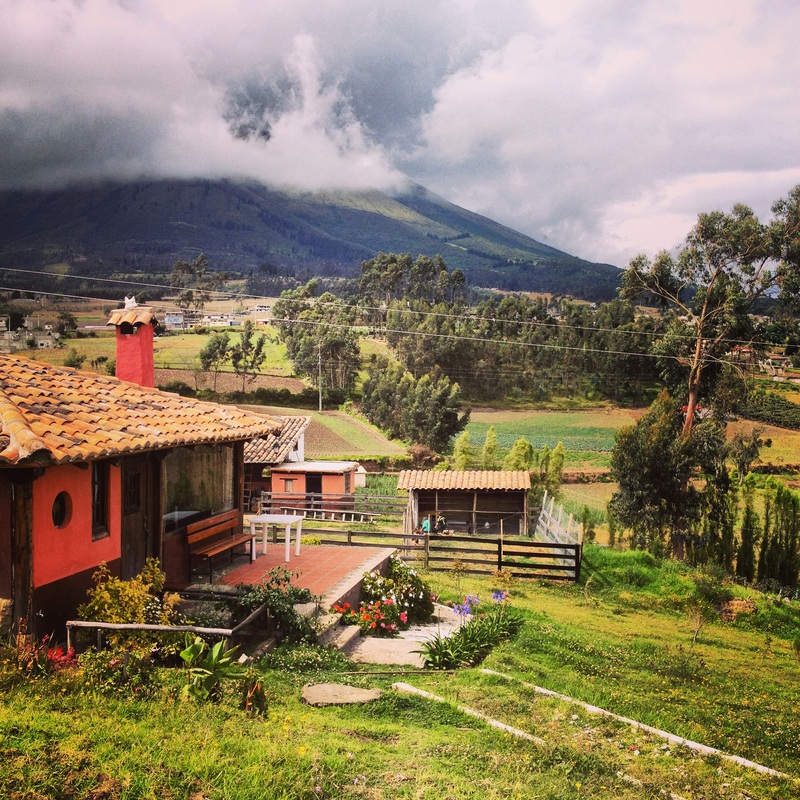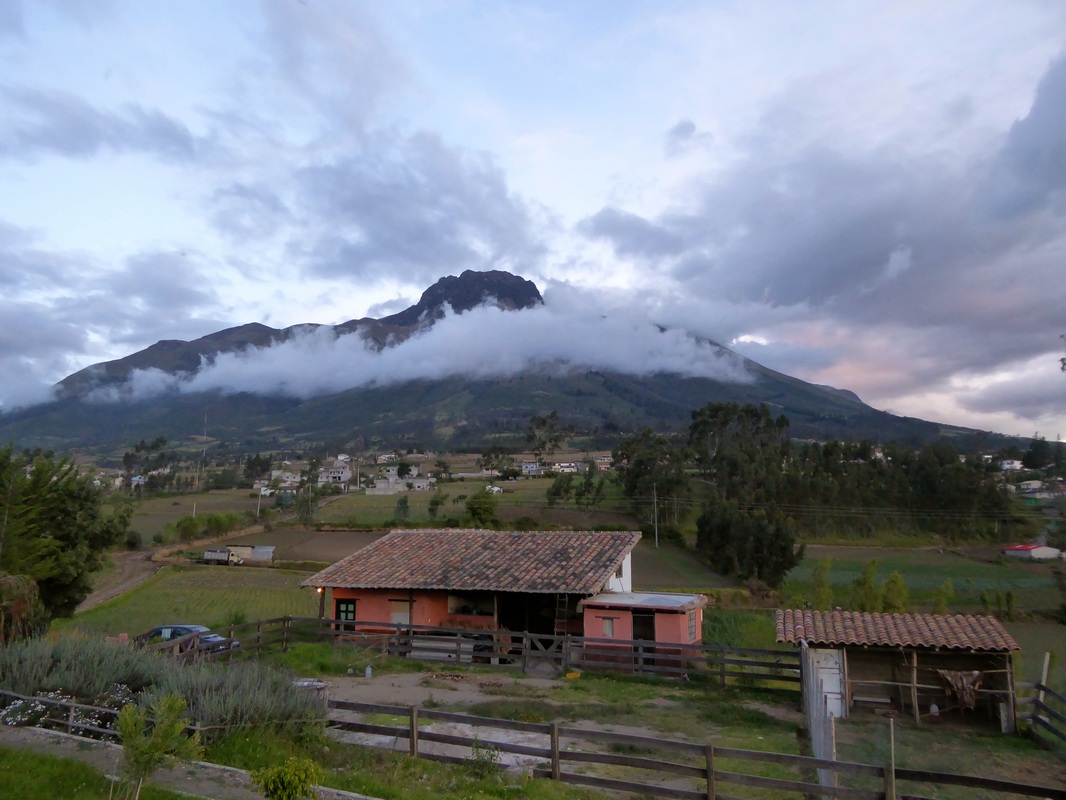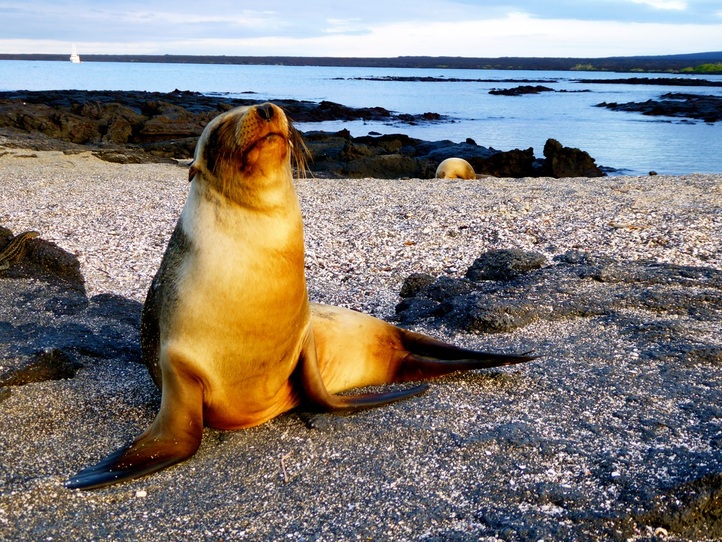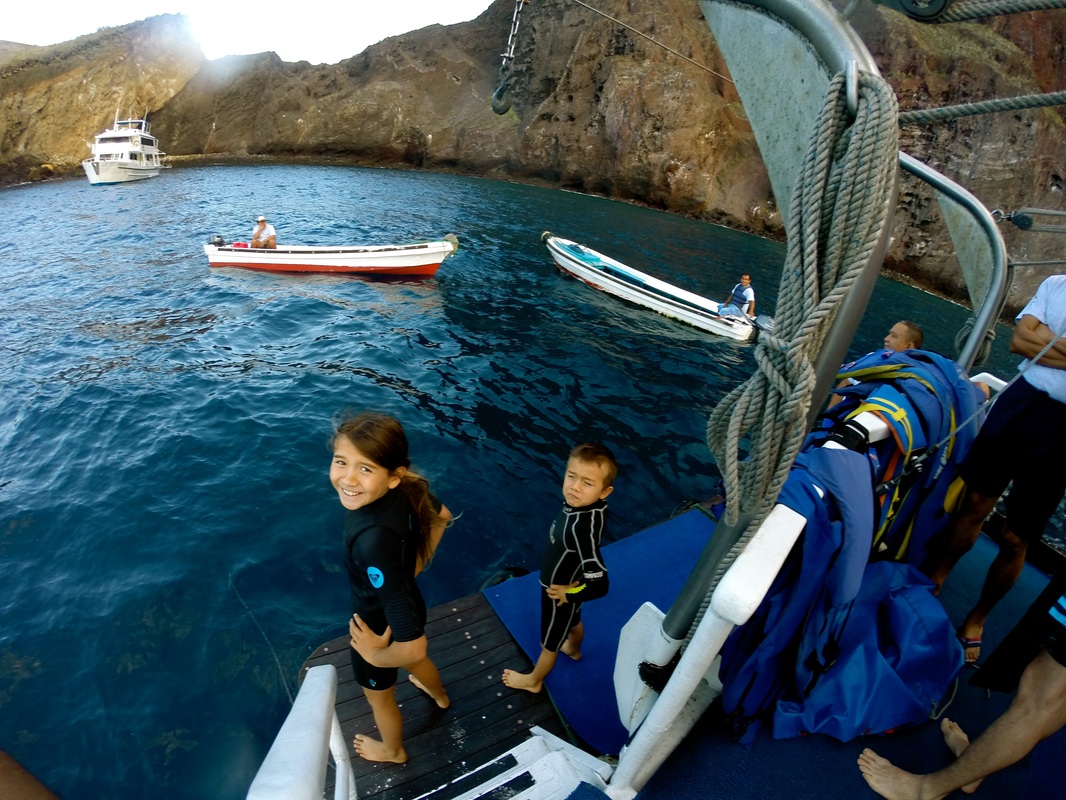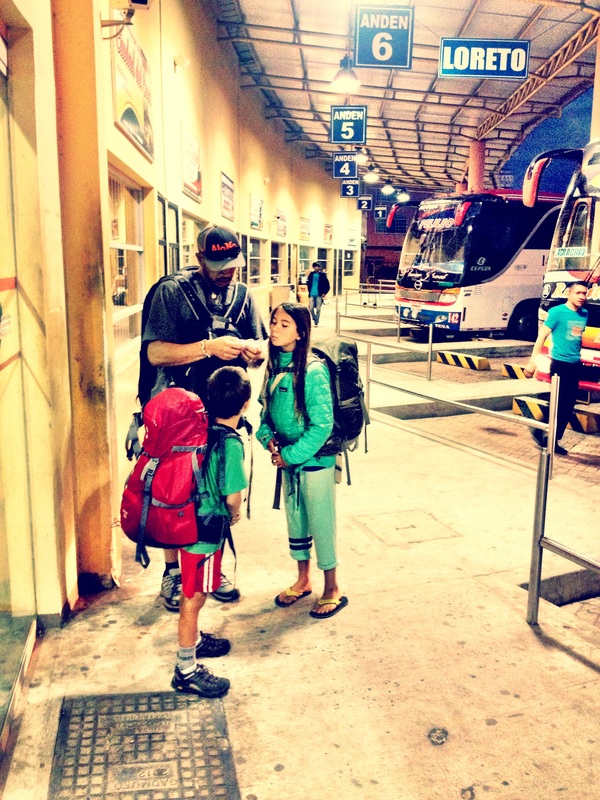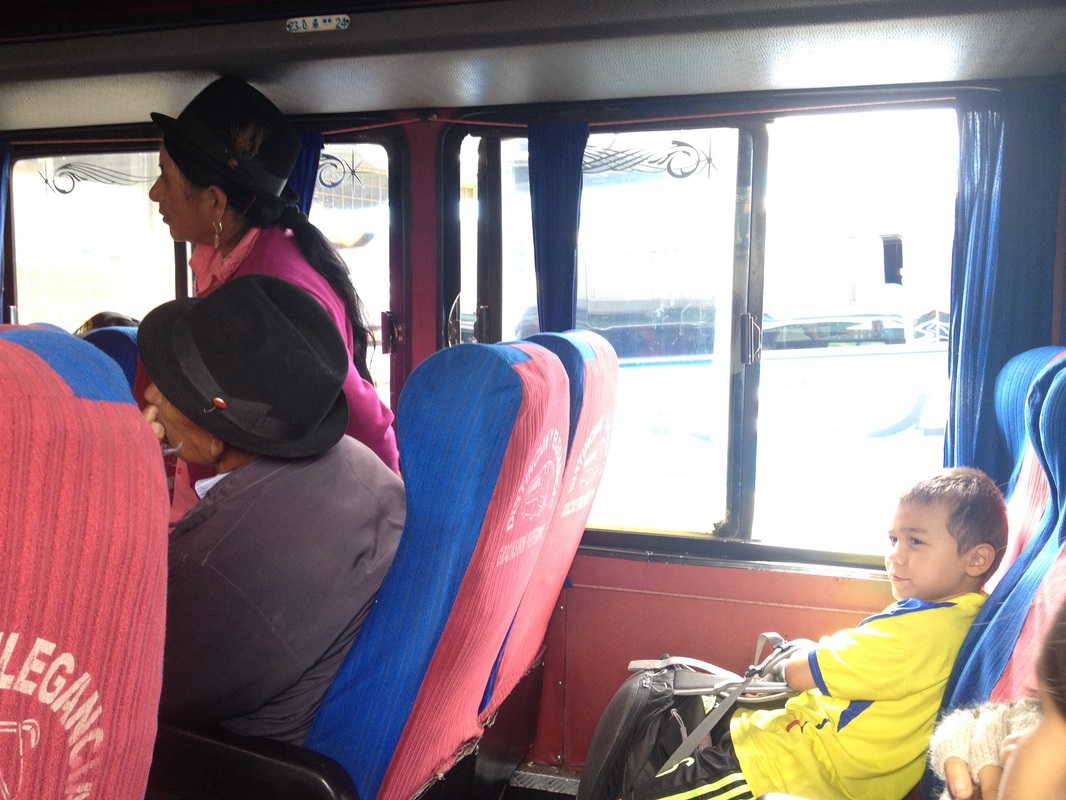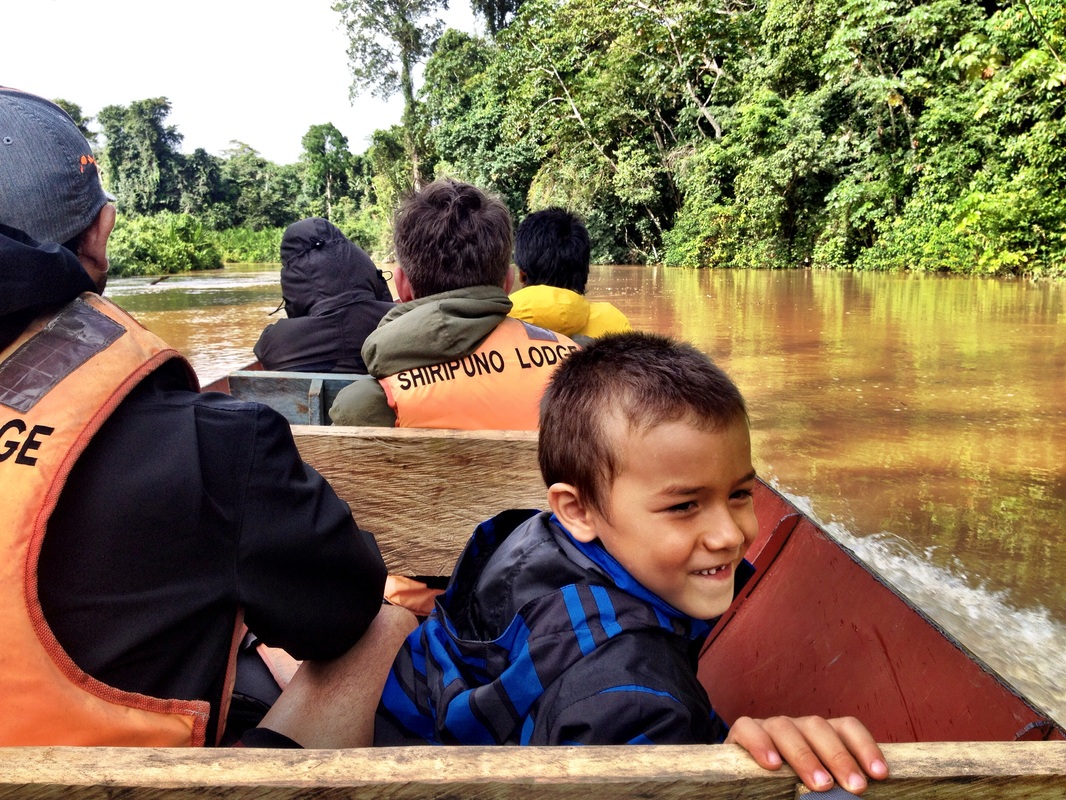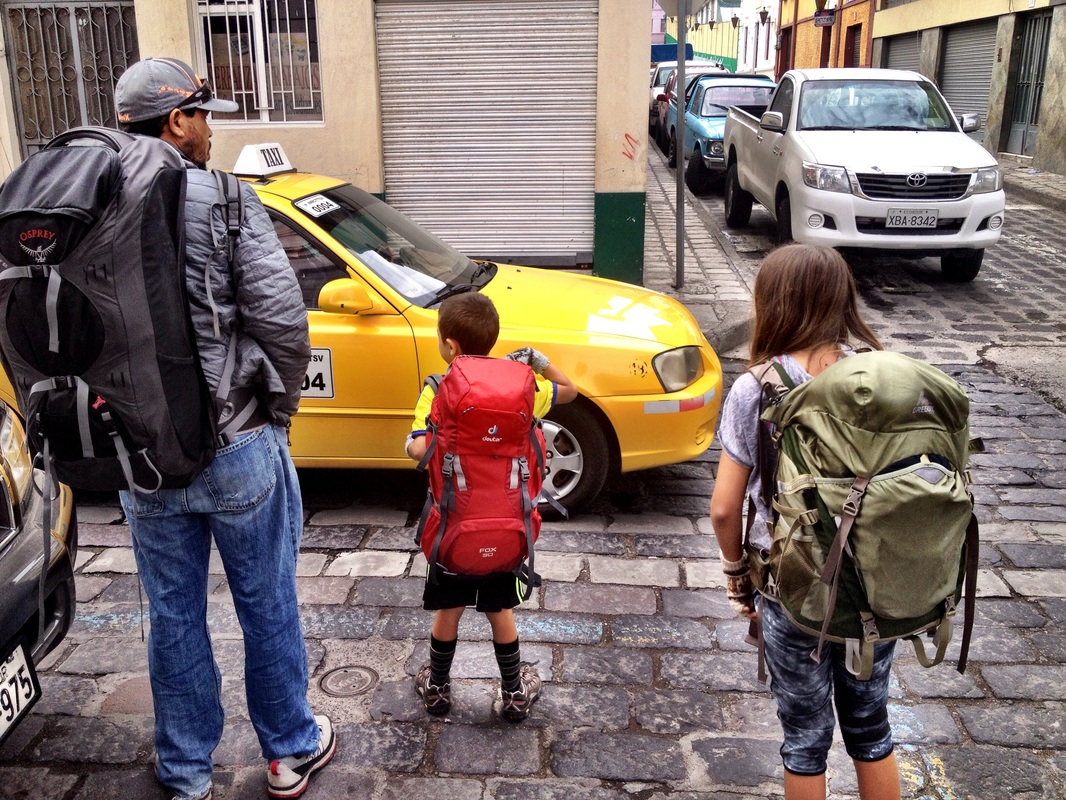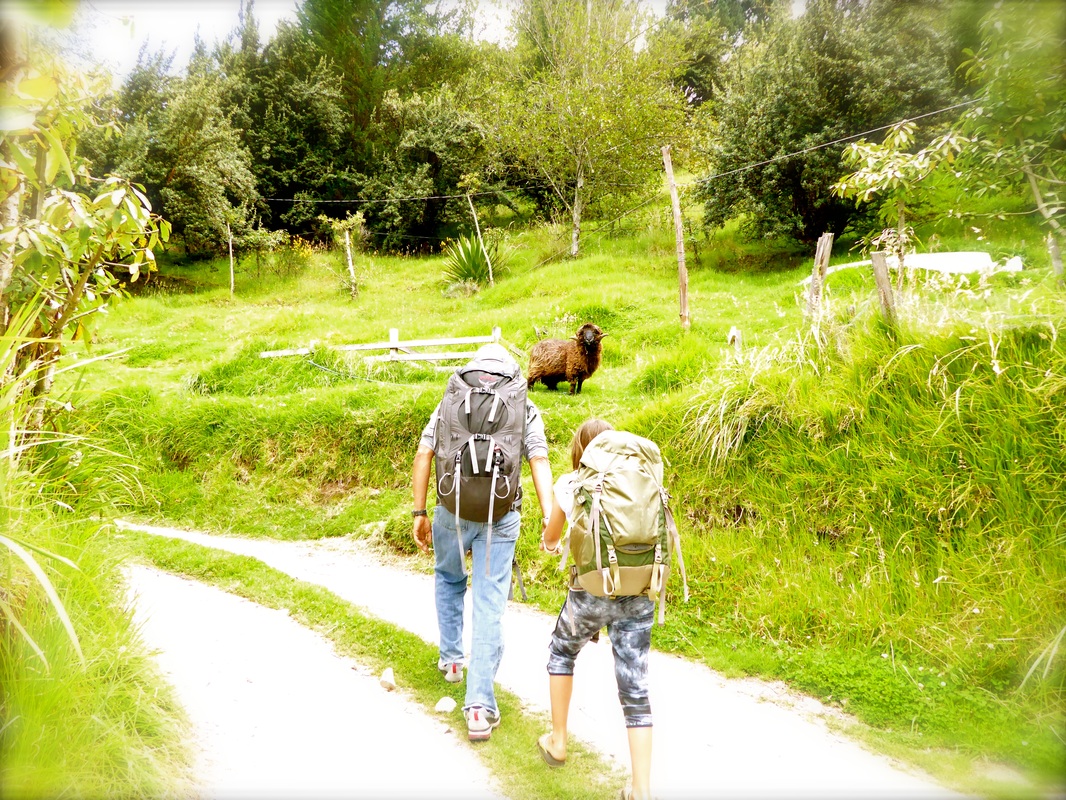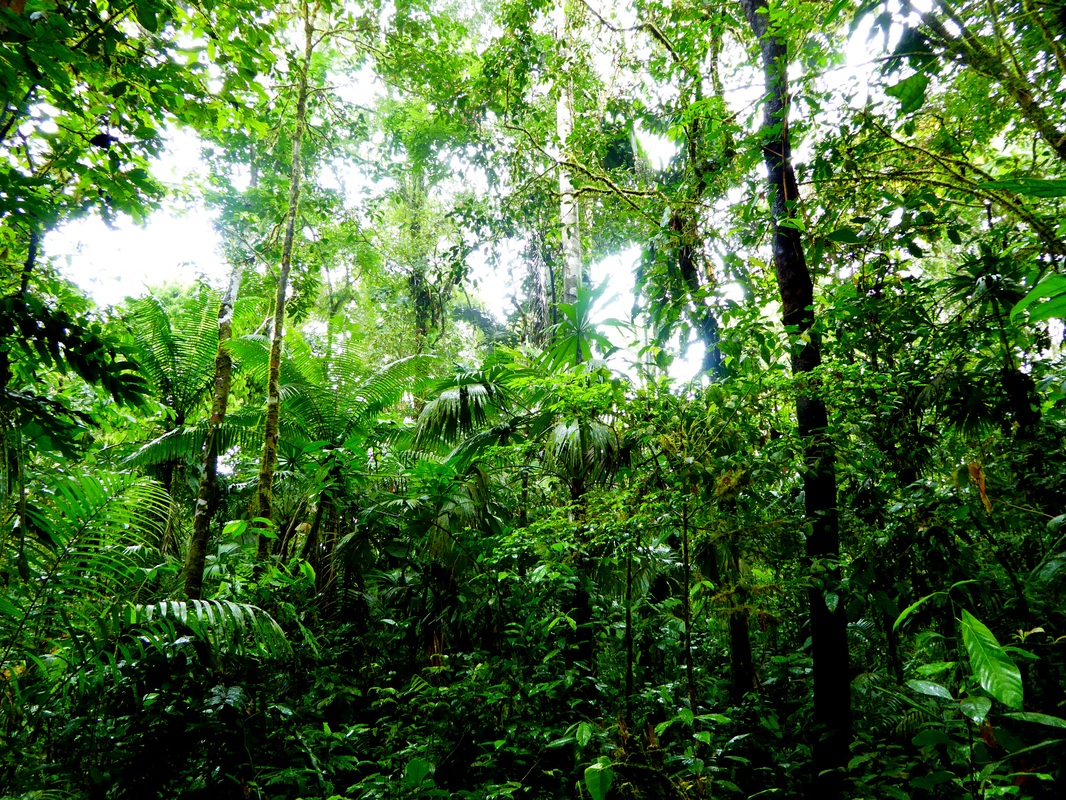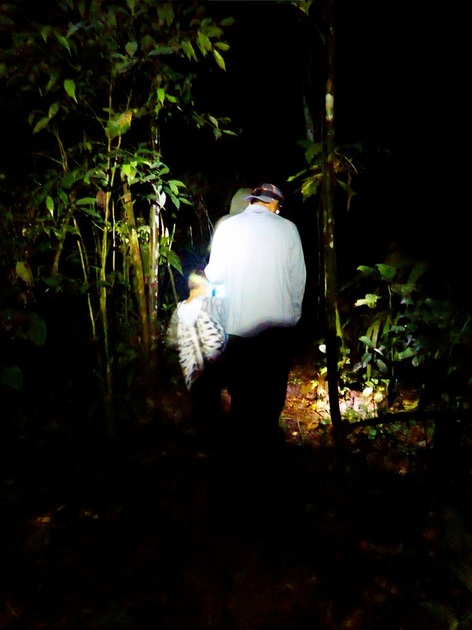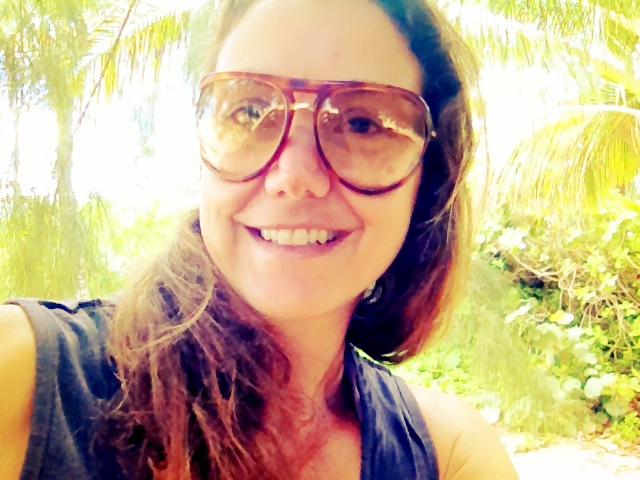In my mind Morocco has always been shrouded in mystery. Encompassing the fabled cities of Casablanca and Marrakech, and the setting off point for the renowned trans-Sahara route to Timbuktu, Morocco drips with the exotic; with countless oases, kasbahs, and mystics. Throw in camels, snake charmers, genies of the lamp, and flying carpets of Arabian folklore, and the kids’ intrigue peaks as well.
Pre-arrival I was filled with emotions, a mix of excitement and anxiety, as partial images constructed out of the incongruent information gathered from guide books, fellow travelers, and my unbridled imagination, floated in my head. I didn’t know what to expect and I braced myself and the rest of the family for the inevitable changes in language, culture, dress, and food. Everyone seemed to warn of the “intensity” of Morocco, yet I remained uncertain as to how it would present itself.
We had been advised by a fellow traveler back in South America that a good introduction to Morocco would be the Medieval city of Fez. In an effort to reduce one-night stops, we avoided spending time in the boarder town of Tangier, instead opting to travel from Algeciras, Spain to Fez Morocco in a single day. To my relief the high speed ferry from Tarifa, Spain to Tangier, Morocco was a breeze.
|
We reached Africa by sea, an appropriate, poetic entry to such an ancient continent.
4 Comments
We went on holiday. No really, a proper vacation. My parents flew out to meet us in Italy and we took a 2 week break from our family RTW trip and went on a true European vacation, visiting Italy, France and Spain. I can hear your thoughts through the screen, "But you are on a year long vacation!" Yes, I see your perspective, we on a long trip and we are not working, but going away for a year is quite different then a typical vacation. Although I love our Big Trip, I would never use the word holiday or vacation in describing our year long travels. Our RTW trip isn't planned like a vacation. It really couldn't possibly be. Can you imagine trying to secure accommodations, cars, and other logistics for a year long trip to 15+ countries? No, we have nothing besides our main flights between distant countries or continents already booked. Within a country everything is open. Usually a few days before our departure from one area I start looking into a possible next destination. Normally I hope we see or hear something along our travels to help steer us to our next stopping place. Sometimes it just comes down to searching on the web and what is logistically possible. It takes considerable time researching how we are getting from point A to B and where we will be staying. In general we have giving up the idea, at least for now, of just showing up and finding a place like in our earlier travel days, pre-kids. Yoda and Zuki don't particularly like walking around a new place, laden with their packs, searching for accommodations suitable for 4, within our budget. Seeing as we enjoy settling into a place, normally staying a minimum of 4 nights, but regularly 5 to 10 nights, it is easier to find a "perfect" place on the web than on foot.
But on vacation, much of the logistics are already pre-planed and that is exactly what my dad did for our two week road trip. He found us great accommodations, arranged for a car which could fit all 6 of us, sketched out possible driving routes, and read up on the local foods and activities in the areas to which we traveled. It was wonderful having a break from the responsibility of those sorts of arrangements for a short while. The lady's voice on the underground was speaking to me.
"Mind the Gap", she politely stated in an upbeat tone. I have always adored this quintessential English announcement on the London underground, advising awareness of the space between the train and the platform but this time my tired, jet-lagged brain deciphered a personal message. She secretly was pointing out for me to be conscious of the vast geographic, cultural, and social "gap" between Latin America, where we had just spent 3 months shaping our new nomadic family lifestyle, and the European continent on to which we had just landed. At least that was what I understood. My ability to receive this unique message may have been somewhat shaped by shock as only moments before an automatic door had separated my family, leaving Zuki and I standing on the platform mouths agape, as Kiko and Yoda were wicked off in a train down a dark tunnel. Funny enough, in the pre-trip mania we had had multiple conversations at home as a family over dinner about the protocal for this type of scenario, where one member of our family is left alone either on the platform or in a train on the underground. This was prompted by another family's travel blog which described a similar fiasco and their prearranged plan of action. We had gone over our family plan multiple times, just in case, never really thinking we would be needing it. But we did, the very first day we landed in Europe and the very first time we traveled together on the underground! I haven’t slept in a bed for month and I am the most rested I have been in ages. Being here in Villa Marina, Venezuela, the childhood home of my husband, has reawakened my love of hammocks. Now I seriously wonder how I will ever sleep in a bed again. The lower back and hip pain that has plagued me nightly for a year has completely disappeared. Here I awake each morning feeling as if I have spent the night in an aerial nest. Kiko totally gets it. His entire youth he slept in a hammock together with his younger brother, until leaving home to travel at the age of 16. His mom, 72, only sleeps in hammocks. I recall how upset she was on our previous visit when the hotel we brought her to in the mountains of Venezuela didn’t have hammocks. She suffered an awful night sleep on the “nice” bed. I can just imagine my mom’s reaction if we took her to a hotel with only hammocks to sleep on. The hammock is the perfect image to illustrate the change in travel style we are experiencing here in Venezuela, where everything has slowed down. Over the 15 years that Kiko and I have known each other we have traveled together many times to visit his family in Venezuela, each time fitting in one or more side excursions to some of the many diverse areas of this beautiful country. Due largely in part to the current political and social unrest in Venezuela, (read more here) as well as the desire for some real family bonding time, we have chosen to forgo our customary excursions, leaving us one month to live in this small, sleepy, fishing town on the Caribbean Sea.
“In the middle of a lake, two volcanos form an island, that is magical like Kauai....”, those are the words I remember from a conversation with a man from Kauai, who had recently traveled through much of Central America. I was in the planning stage of this trip at the time and pressured him to tell me which country was his favorite. “Nicaragua” was his quick answer. I was intrigued, as Nicaragua was not on my radar and I asked the simple question, “why?”, fully aware that that question is never simple to answer as a traveler. I am sure he went into further depth, expounding on why he preferred Nicaragua, but only the brief description of the mystical island stuck with me. I couldn’t recall the name, but with a name as unusual as Isla de Ometepe, I don’t blame myself. Luckily, an island with two volcanoes in Nicaragua was not hard to locate. Ometepe is on the list of sights for travelers in Nicaragua, but it is often passed by for the sun, surf, and parties of San Juan Del Sur or the colonial quaintness of Grenada or Leon. We choose to visit Isla de Ometepe after the Corn Islands. It is often tiring, time consuming, and sometimes disappointing (i.e. Dobedo on Little Corn) to pre-book accommodations, so we had a few ideas of lodging in our heads but nothing reserved. As luck would have it, the day we arrived at the ferry station the owner of Hacienda Merida was in town doing errands and had a 4x4 truck waiting for his return on Ometepe. We were invited to ride with him for free. I had been wanting to stay at Hacienda Merida since talking to a family of four on Little Corn who had visited there the summer before. The well-spoken, twin 15 year olds told us about the remote hotel with kayaks, bikes, and a bilingual school on the property. It sounded wonderful but I was hesitant since I didn’t want to “push” the kids too far. This was another long travel day, or at least it was meant to be. We had flown from Big Corn to Managua on the morning flight and then gotten a taxi to the bus station. The taxi driver quoted $15, which seemed expensive but matched the price quoted in the guide book. When the driver heard we were headed down to San Jorge, the jumping off point for Ometepe, he said “Why not go all the way by taxi? $55” The bus for all 4 of us was going to be $13, plus the $15 taxi to the bus station, so we made the executive decision to spend the extra $27 to enjoy the relative luxury of a taxi ride for the 2.5 hours to San Jorge. So the idea of an additional 3.5hrs on a bus to get to Haciend Merida, on roads the guide book described as “laughable except in the rainy season when there is nothing funny about them.”, after the 1 hr ferry ride, did not sound like a good choice. BUT a 1 hr free 4x4 truck trip with the owner sounded perfect.
Normally I like to start at the beginning but when your 23 days in and there have been countless incidences of beauty and breakdown, with traveller’s belly and unrelenting heat thrown in, it is hard to simply start at the beginning. Nothing is linear, as my mind whirls, trying to figure out what to include in this post.
Our 3 weeks thus far in Nicaragua could aptly be described as “intense”, mentally and physically. I am continually attempting to determine if our mental struggles are causing our time to be physically difficult or if the physical harshness of Nicaragua is causing our mental unrest. Of course in reality our experience is a result of a combination of countless, undeterminable elements but two main causes in particular keep coming to mind. 1. Travel in Nicaragua is physically harder than travel we encountered in Ecuador. 2. Psychologically, “travel shock” may be in effect as the initial euphoric phase of travel wains and we emerge into the real day to day of long term family travel and what that really feels like. We spent our last week and a half in Ecuador staying in the small Andean village of Pucara, about 20 minutes outside of Otavalo. When making the reservation for a little casitia on www.airbnb.com I was hesitant about booking nine nights. What would we do there for that long? Most tourists simply visit Otavalo’s Saturday Craft Market and move on. Would the kids be bord? The other option of splitting the nine nights between two destination just seemed to be asking for "travel burnout”. So I clicked the "book it” button and hoped we would simply get into the flow of the area once we were there. Simply put, the look on the young sea lion’s face in the photo above captures exactly how I felt during our 8 days cruising the Galapagos Archipelago. The unique combination of the sun, beautiful, other-worldly landscapes, and the uncanny friendliness of the animals, above and below the water, created an undeniable feeling of being in the Garden of Eden. We snorkeled everyday, sometimes twice.
I had forgotten how much actual travel is involved in being a “traveler”. If I had thought it through step by step, I would never have planned this many hours of travel over a 3 day period, positive the kids could not manage it. But as it turns out, I didn’t really think it through, and we had reservations, so we went for it and the kids handled better then most adults would have done. Getting from the Amazon region in the eastern part of Ecuador up to a remote village in the Andes went something like this;
Depart Amazon Lodge-3hrs by boat-2hrs by truck sleep in hotel wake up at 5am -8 hrs by public bus-change busses-1 more hour by bus sleep in hostel leave hostel at 10am-4 hr bus-Arrive remote Andes village area There were three keys to our success for this long haul, embracing the feeling of adventure, finding opportunities for little breaks/free play, and allowing some iPad time. Ecuador is exotic for us, creating a near-constant feeling of adventure. The kids still haven’t tired of the fact that taxis don’t have seat belts and the drivers are slightly reckless. We are continually finding unique foods sold on the buses and in little hole-in-the-wall tiendas. The views are often breathtaking and if not, at least totally different from home. Zuki counted 11 different types of animals on the side of the road on our last 4hr bus ride. With the Ecuadorian music blaring and the aisles filled with standing locals with all sorts of “carry-ons”, the crowed buses are still a novelty. There is something magical about the Amazon. I am not referring to the common tendency to paint the “unknown” as mystical in our minds; I really felt the magic, like that commonly perceived only during childhood. On the first night of our 4 night Amazon Expedition at Shiripuno Lodge, we had the opportunity to go on a night walk with our guide to view some nocturnal creatures. In the rainforest, because of the dense ceiling created by the canopy, only a dim light reaches the forest floor during the day. At night it is truly pitch black, which makes for an interesting introduction to the life in the jungle. Equipped with headlamps, we saw very unusual spiders, cool tree frogs, strange insects, and Ferdinand, a very poisonous snake, curled in the middle of our path.
|
AuthorKelly Perozo, Mom of this traveling tribe, telling our story of a 12 month, around-the-world journey; the good, the bad, and the crazy. Archives
August 2015
Categories
All
|
